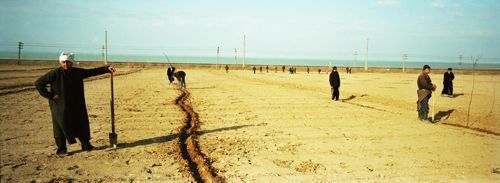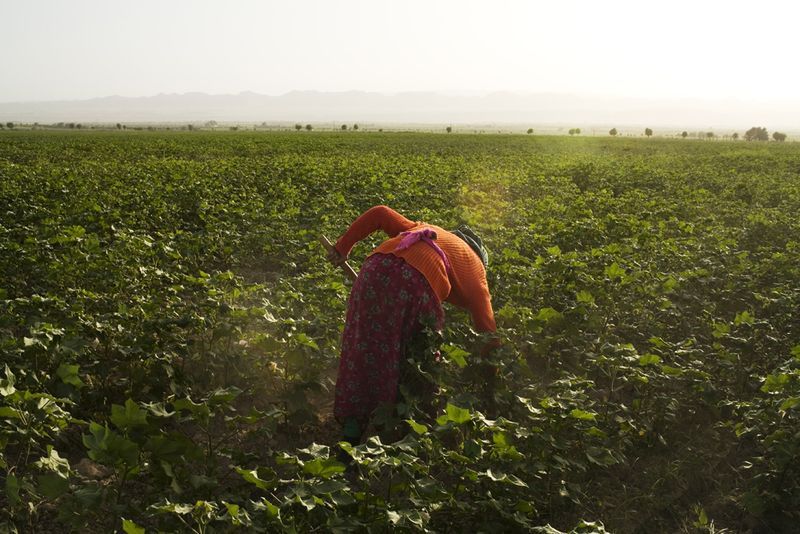This morning I met with Tajiks involved in agricultural development. A big government reform is in place that could have a huge impact on Tajikistan's agriculture. Farmers now have the right, in theory, to choose what to grow. The reform is called "Freedom to Farm."
Cotton has been the major Tajik crop, mandated by the government, and it's a disaster. Cotton prices have tanked. It's a water-intensive plant that requires export to market, and obviously does nothing to meet Tajikstan's food security needs. Allowing farmers to pick what they plant has the potential to make Tajik's small farms much more efficient and profitable while lowering the country's food prices, which have skyrocketed.
But transitioning out of cotton is not so easy. Having spent years or decades growing cotton, switching to a new plant can be daunting. Also, a decree from the central government is not automatically implemented. Tajikistan is a country of many semi-autonomous enclaves—the Tajik president often has to reach negotiated settlements with local strongmen and power-brokers.







